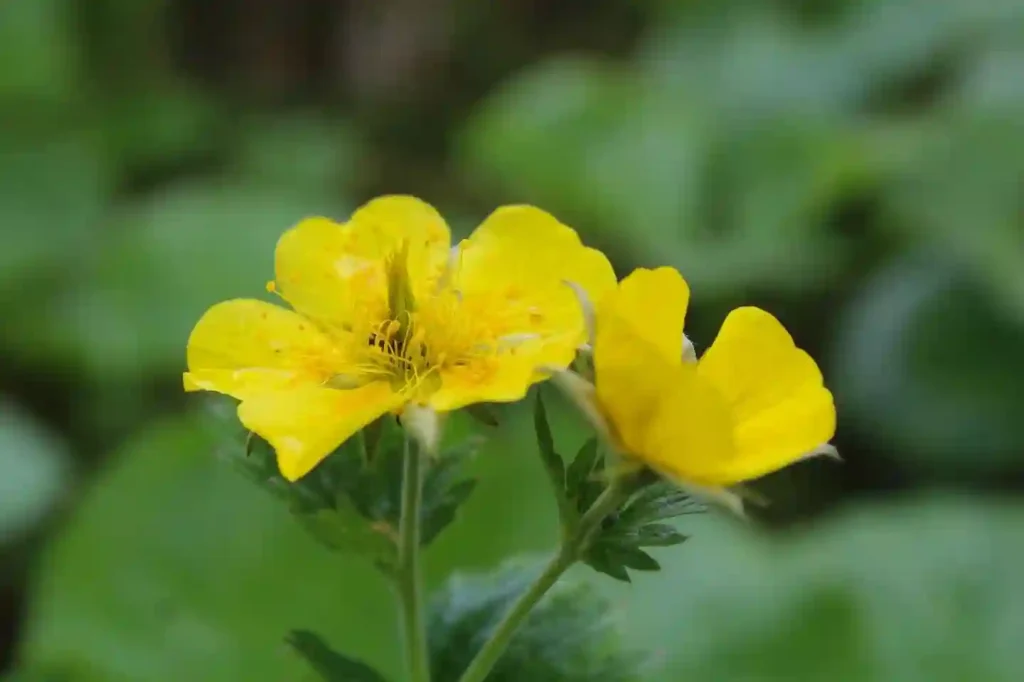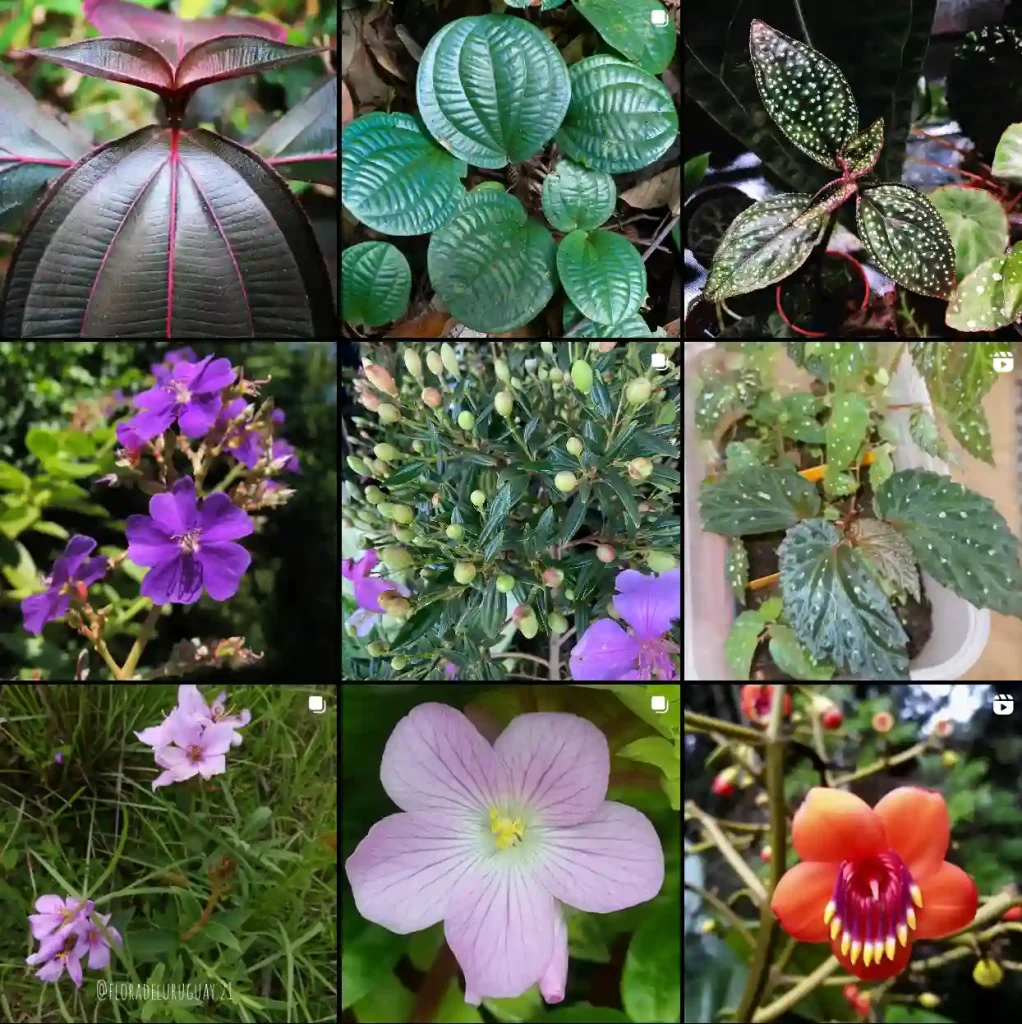Exploring the Limeaceae Family: A Personal Journey
The Limeaceae family, often overshadowed by its more famous relatives, has captivated me for years. It consists of various genera, including the unique Limeum. This family may not be the most talked about, but its intriguing characteristics and significance in the ecosystem are worth diving into.
A Brief Introduction to Limeaceae
Limeaceae, commonly known as the lime family, is a fascinating group of flowering plants. These plants are primarily found in tropical and subtropical regions. They play essential roles in their ecosystems, from providing food for pollinators to stabilizing soil. My journey into the world of Limeaceae started when I stumbled upon Limeum while exploring local flora.
Limeum is a lesser-known genus within the Limeaceae family, and it consists of a few species that are often overlooked. One of the most interesting aspects of Limeum is its adaptability to various environments. I was amazed to learn how these plants thrive in different soil types, showcasing their resilience.
Discovering Limeum Species
One of the first things that struck me about Limeum was its distinctive morphology. The leaves are often succulent and have a fleshy texture, which makes them particularly interesting to observe. They can vary in color from deep green to lighter shades, depending on the species. When I first encountered Limeum, I was drawn to its vibrant appearance and unique structure.
Limeum species are typically found in arid or semi-arid regions, which allows them to conserve water effectively. This adaptation is fascinating, especially in the context of climate change, where water scarcity is becoming a pressing issue. By observing these plants in their natural habitat, I gained a deeper appreciation for their role in the ecosystem.
Ecological Importance of Limeaceae
The Limeaceae family is crucial for maintaining ecological balance. Members of this family provide food and shelter for various insects and animals. Pollinators such as bees are often seen visiting Limeum flowers, which helps facilitate the pollination process. During my walks in the local parks, I often noticed bees buzzing around these plants, reinforcing their role in the food web.
Moreover, Limeaceae plants contribute to soil health. Their root systems help prevent erosion and enhance soil structure. When I garden, I often think about how plants like Limeum can improve the soil quality in my yard. It’s a simple yet effective way to promote biodiversity and sustainability in my gardening practices.
Cultivating Limeum in Your Garden
If you’re considering adding Limeum to your garden, you’re in for a treat. These plants are relatively easy to cultivate, making them perfect for both novice and experienced gardeners. One thing I’ve learned through my gardening experience is that Limeum thrives best in well-drained soil with plenty of sunlight.
When planting Limeum, I ensure that the soil is sandy or gravelly, as this mimics their natural habitat. This type of soil allows for better drainage, preventing root rot. I often mix in some organic matter to promote healthy growth and add nutrients. The visual appeal of Limeum, with its vibrant colors and unique leaf shapes, makes it a fantastic addition to any garden.
Watering and Maintenance
One of the best parts about growing Limeum is its low water requirement. I’ve found that once established, these plants can tolerate drought conditions remarkably well. I usually water them sparingly, allowing the soil to dry out between watering sessions. This practice not only conserves water but also encourages the plants to develop deep root systems.
In terms of maintenance, Limeum is relatively low-maintenance. I occasionally prune dead or damaged leaves to promote healthy growth. Fertilizing is also minimal; I apply a balanced fertilizer once a year, which keeps the plants thriving.
The Future of Limeaceae and Limeum
As I reflect on my journey with Limeaceae and Limeum, I can’t help but think about their future. With ongoing climate changes and habitat destruction, many plant species face threats. Raising awareness about the Limeaceae family is essential to ensure these plants continue to thrive.
Supporting conservation efforts and creating awareness about native species can help protect the Limeaceae family. When I participate in community gardening events, I emphasize the importance of native plants and their role in the ecosystem. Sharing my experiences and knowledge helps others appreciate the beauty and significance of plants like Limeum.
Conclusion: Embracing the Limeaceae Family
The Limeaceae family, particularly the Limeum genus, has enriched my understanding of plant ecology. These plants serve as a reminder of the intricate relationships within ecosystems and the importance of conserving our natural environments. Through my personal experiences and observations, I’ve come to appreciate the resilience and beauty of these often-overlooked plants.
Whether you’re an experienced gardener or just starting, I encourage you to explore the Limeaceae family. Discovering Limeum and its fascinating characteristics may inspire you as it did for me. As we continue to learn and grow, let’s celebrate the diversity and importance of all plant families in our lives.
If i die, water my plants!



